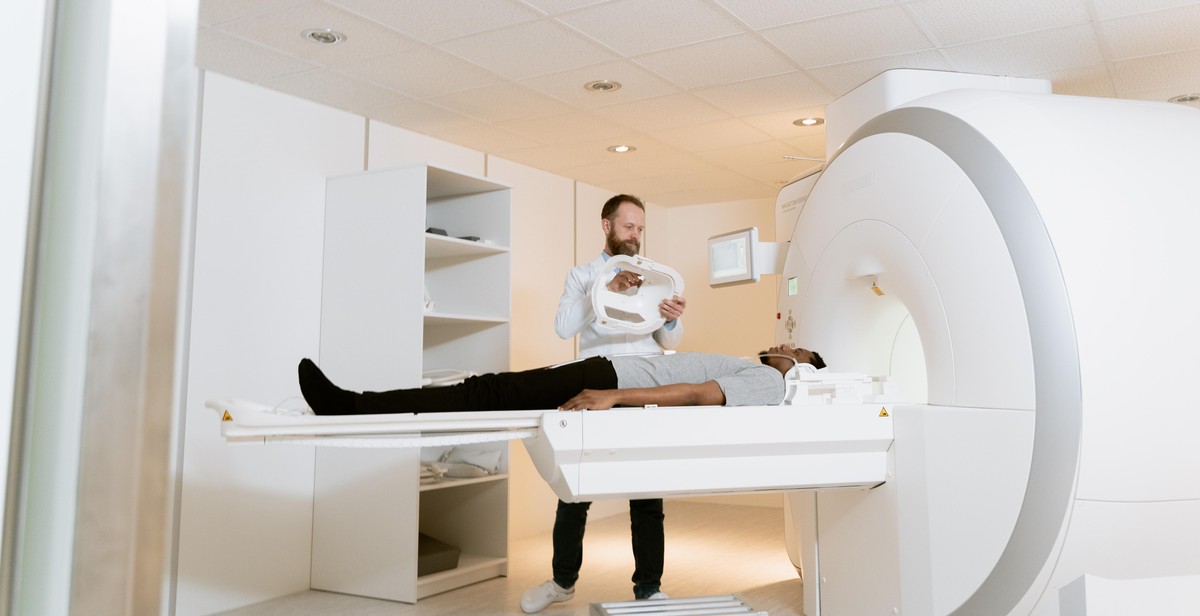How to Reduce Radiation Exposure in X-ray Imaging: Safety Measures for Patients and Technicians
As a professional article writer and content creator, I have seen first-hand the importance of reducing radiation exposure in X-ray imaging. With the increasing use of medical imaging, radiation exposure has become a major concern for patients and healthcare providers alike. The risks associated with radiation exposure include cancer, genetic mutations, and other health problems.
The purpose of this article is to provide patients and technicians with safety measures that can be taken to reduce radiation exposure during X-ray imaging. The article will cover topics such as the benefits of reducing radiation exposure, the risks associated with radiation exposure, and practical tips for reducing radiation exposure during X-ray imaging.
Why Reducing Radiation Exposure is Important
Reducing radiation exposure is important because it can help to minimize the risk of cancer, genetic mutations, and other health problems. The benefits of reducing radiation exposure are particularly important for patients who may need to undergo multiple imaging procedures over their lifetime.
For healthcare providers, reducing radiation exposure is also important because it can help to minimize the risk of occupational exposure to radiation. Technicians who work with X-ray equipment on a regular basis are particularly at risk of radiation exposure, and it is important that they take appropriate safety measures to protect themselves.
Understanding Radiation Exposure in X-ray Imaging
Radiation exposure is the amount of ionizing radiation that an individual is exposed to. Ionizing radiation is energy that has enough force to remove tightly bound electrons from atoms, which can cause damage to cells and DNA. In the context of X-ray imaging, radiation exposure is the amount of radiation that a patient or technician absorbs during an X-ray procedure.
Types of Radiation in X-ray Imaging
There are two types of ionizing radiation in X-ray imaging:
- Primary radiation: This is the radiation that comes directly from the X-ray source and passes through the patient’s body to create the image.
- Scattered radiation: This is the radiation that is scattered in different directions after it interacts with the patient’s body. Scattered radiation can be harmful, as it can cause unnecessary exposure to the patient and technician.
Factors Affecting Radiation Exposure
There are several factors that can affect the amount of radiation exposure during an X-ray procedure:
| Factor | Description |
|---|---|
| Patient size and weight | Larger patients require more radiation to penetrate their body and create an image. |
| Type of X-ray procedure | Some procedures require higher levels of radiation to create a detailed image. |
| Number of X-ray images | The more images taken, the higher the overall radiation exposure. |
| X-ray machine settings | Higher settings can produce clearer images but also increase radiation exposure. |
| Technician training and experience | Technicians who are properly trained and experienced can ensure that radiation exposure is minimized during the X-ray procedure. |
It is important for patients and technicians to understand the risks associated with radiation exposure in X-ray imaging. By taking appropriate safety measures and following best practices, it is possible to reduce the amount of radiation exposure without compromising the quality of the images produced.

Safety Measures for Patients
As a patient undergoing x-ray imaging, it is important to take necessary safety measures to reduce radiation exposure. Below are some tips to ensure your safety:
Inform Your Doctor About Your Medical History
Before undergoing any x-ray procedure, it is important to inform your doctor about your medical history. This includes any previous x-ray procedures, surgeries, and any medical conditions you may have. This information will help your doctor determine if an x-ray is necessary and if so, what type of x-ray to perform.
Pregnant Women and Children
Pregnant women and children are more sensitive to radiation and should take extra precautions. It is important to inform your doctor if you are pregnant or suspect you may be pregnant. Your doctor may suggest an alternative imaging technique or postpone the x-ray until after pregnancy. Children should always wear protective gear and be closely monitored during x-ray procedures.
Protective Gear
Protective gear such as lead aprons, thyroid collars, and goggles can help reduce radiation exposure. It is important to wear the protective gear provided by the medical staff during x-ray procedures. The gear should fit properly and cover the areas of the body that are not being imaged.
Follow Instructions Carefully
It is important to follow all instructions provided by the medical staff during the x-ray procedure. This includes holding still during the imaging process and breathing normally. Moving during the procedure can cause the image to be blurry, resulting in the need for additional x-rays and increased radiation exposure.
By following these safety measures, you can reduce your radiation exposure and ensure a safe and successful x-ray procedure.

Safety Measures for Technicians
Technicians who work with X-ray imaging equipment are at risk of radiation exposure. However, there are several safety measures that technicians can take to reduce their exposure to radiation.
Training and Certification
It is important that technicians receive proper training and certification before working with X-ray imaging equipment. This includes understanding the principles of radiation safety and the proper use of equipment. Technicians should also be aware of the risks associated with radiation exposure and how to minimize those risks.
Proper Use of Equipment
Technicians should always use X-ray imaging equipment properly to minimize the risk of radiation exposure. This includes following manufacturer guidelines and safety protocols. Technicians should also ensure that all equipment is properly maintained and calibrated to reduce the risk of malfunction or equipment failure.
Monitoring Radiation Exposure
Technicians should monitor their radiation exposure regularly to ensure that they are not exceeding recommended exposure limits. This can be done through the use of personal dosimeters, which measure the amount of radiation to which the technician is exposed. Technicians should also keep records of their exposure levels and report any concerns to their supervisor.
Maintain a Safe Distance
Technicians should maintain a safe distance from the X-ray imaging equipment whenever possible. This can be accomplished by using remote controls or protective barriers to reduce exposure. Technicians should also limit their exposure time by rotating duties with other technicians or taking breaks when necessary.
| Measure | Description |
|---|---|
| Training and Certification | Receive proper training and certification before working with X-ray imaging equipment. |
| Proper Use of Equipment | Follow manufacturer guidelines and safety protocols when using X-ray imaging equipment. |
| Monitoring Radiation Exposure | Regularly monitor radiation exposure levels and report any concerns to a supervisor. |
| Maintain a Safe Distance | Use remote controls or protective barriers to reduce exposure and limit exposure time. |
Conclusion
Reducing radiation exposure is essential for the safety of both patients and technicians during X-ray imaging. The importance of this cannot be overstated, as radiation exposure can have serious health consequences in the long-term.
As a patient, it is important to communicate with your healthcare provider about any concerns you may have regarding radiation exposure during X-ray imaging. You should also ensure that you are wearing the appropriate protective gear and follow any instructions given to you by the technician.
Technicians also have a responsibility to ensure that they are following proper safety protocols and using equipment that is up-to-date and properly maintained. This includes monitoring radiation doses and taking steps to reduce exposure whenever possible.
Ultimately, safety is a shared responsibility between patients and technicians. By working together and following proper safety measures, we can ensure that X-ray imaging is as safe as possible for everyone involved.
| Key Takeaways: |
|
